Greenhouse and Nursery
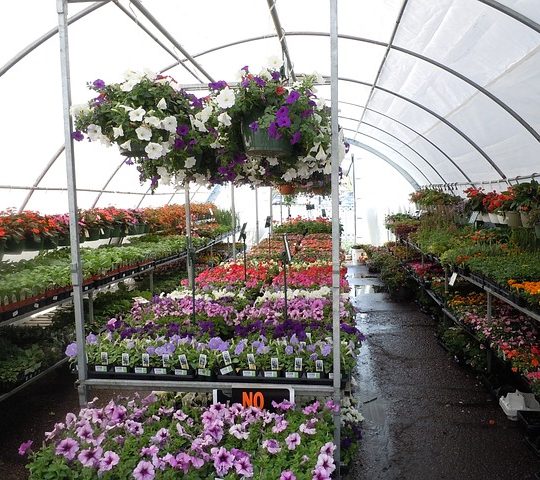
Importance of Greenhouses and Nurseries to Oregon
The state of Oregon is one of the best states for growing nursery crops in the United States! A nursery is a place where many trees and plants grow until they are big and strong enough to be re-planted.
Nurseries grow plants outside and inside. Inside, plants are grown in greenhouses. A greenhouse is a building where plants can grow all year. Inside the greenhouses, farmers can make the perfect controlled environment for their crops. This means that farmers can decide how hot, cold, light, or dark it is inside the greenhouse!
In 2020, the greenhouse and nursery industry ranked number one in Oregon-grown commodities.1 Nursery and greenhouse production brings money to the state of Oregon from all over the United States and has provided over 22,000 jobs.
History of Greenhouse and Nursery Products
Greenhouse and nursery products in Oregon can be traced back to the 1800s when emigrants traveled to Oregon on the Oregon Trail. Nursery-grown trees and shrubs were grown in Oregon 12 years before Oregon became a state in 1847 by Henderson Luelling.
Henderson traveled to Oregon with fruit trees and shrubs in 1847. Henderson and his neighbor William Meek combined their plants to create the very first nursery of grafted plants on the Pacific Coast. Grafting plants is when two different plants are combined to create a new kind of plant or variety. Henderson and William’s business quickly grew to 60 different varieties of plants!2
Nursery-Grown Trees
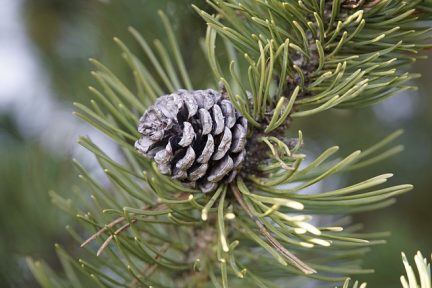
Coniferous Evergreens
Evergreen trees keep their green leaves all year. The word “conifer” means that these trees make cones, not flowers. Many conifers have sharp, needle-like leaves. Common conifers are pines, firs, cypresses and spruces. A Christmas tree is a coniferous evergreen!3
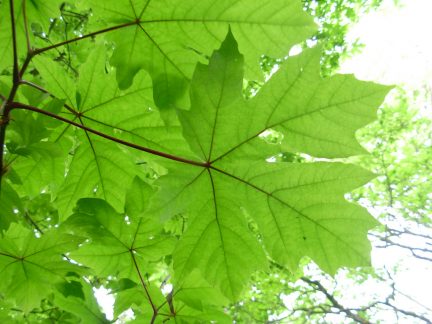
Deciduous Trees
Deciduous trees lose their leaves each year. These are the trees that turn many different colors in the fall! Deciduous trees stay bare through the winter and grow new leaves in the spring. Deciduous trees make seeds to reproduce. Sometimes seeds are inside fruit, like apple seeds! Seeds and fruit are food for forest animals. Once eaten, animals spread the seed to new areas through their waste.4
Nursery Systems
Balled and Burlap System
Nursery trees aren’t always grown in greenhouses. Trees and plants are often grown in fields! When a tree or plant is pulled out of the ground to be sold, farmers are very careful to keep all of the roots and soil attached. This is called the root ball. The farmers wrap the root ball in burlap to protect the tree until it is re-planted. This is called the Balled and Burlap System.5
Bare Root System
With the Bare Root System, trees and plants are pulled out of the ground in the fall and early winter when the plants are dormant, or not growing. Next, farmers clean the soil off the roots and put the tree or plant in cold storage (like a refrigerator!) to keep them fresh until they are sold.
Container Grown System
Container plants are grown above the ground in containers that have soil in them. Container plants can be small plants or large trees. Container plants can be transplanted or left in the container.
Life Cycle of Greenhouse and Nursery Products
Greenhouses and nurseries are used to grow many different plants until they are ready to be planted in the ground. The plants that are grown in nurseries and greenhouses all have different needs and life cycles. Examples of plants grown in greenhouses and nurseries are lettuce, carrots, and herbs.
Pests and Diseases
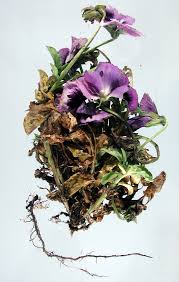
Crown and Root Rot
Crown and root rot will most likely happen when plants begin to flower. Symptoms of this disease are off-color plants and slowed growth. Plants with crown and root rot will be healthy one day and wilted the next. This disease is spread through overhead watering.6
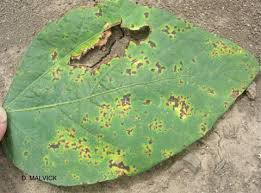
Bacterial Blight
Bacterial blight is strong enough to wipe out an entire crop of plants. Signs of this bacteria will appear as dark-brown spots with yellow edges on leaves. Once symptoms show up, it will not be long before leaves collapse and plants wilt.7
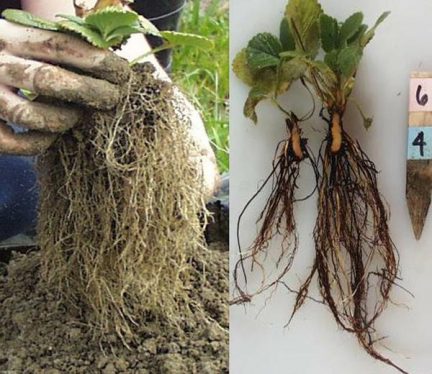
Black Root Rot
Black root rot causes extreme loss in greenhouse plants. Black root rot attacks the root system of plants which makes the plant unable to absorb nutrients to grow. This causes the plants to yellow at a young age and turns the roots gray and black instead of white.8
Uses for Greenhouse and Nursery Products
Nurseries are used to start a plant’s life. People can buy plants from nurseries when the plants are old or young! Retail nurseries are where you could go to buy seeds or plant starts. Wholesale nurseries are available to people who landscape or own retail garden centers. Some people have private nurseries for their own use and enjoyment!
Fun Facts About Greenhouse and Nursery Products!
- A greenhouse is usually made out of glass or plastic so the sun can still power the growth of plants
- Nurseries and greenhouses are part of horticulture. Horticulture is the care of gardens and plants!
- The first greenhouse was built in Holland
- Some nurseries grow plants native to Oregon for ecological restoration
Vocabulary Terms
Conifers
A tree that produces cones and has needle-like leaves.
Controlled environment
An enclosed area where all conditions (temperature, humidity, light) can be chosen and changed.
Deciduous
A tree or shrub that sheds its leaves each year.
Dormant
A temporary state of no activity or growth, similar to a deep sleep.
Emigrants
A person who leaves the place they were born to live somewhere else.
Fungus
A group of living things known for decomposing, or breaking down, organic, or once living, material for food. Think mushrooms and mold!
Graft
Two different plants combined to create a new kind of plant or variety.
Greenhouses
A building where plants can grow all year in a controlled environment.
Horticulture
The care of gardens and plants.
Nursery
A place where many trees and plants grow until they are big and strong enough to be re-planted.
Plant starts
A young plant that grows from a seed, also called a seedling.
Root ball
Main mass of roots directly beneath a plant’s stem.
Transplanted
A plant that has been grown from seed in a tray and then planted into a field.
AITC Resources
Related Resources and Sources
- Portland Nursery, Tree Selection Guide
- Britannica, Nursery
- Britannica, Greenhouse
- Hobby Farms, 7 Market Crops You Can Grow in a Greenhouse
